Big Data, AI, and Fashion: The New Frontiers of Creativity
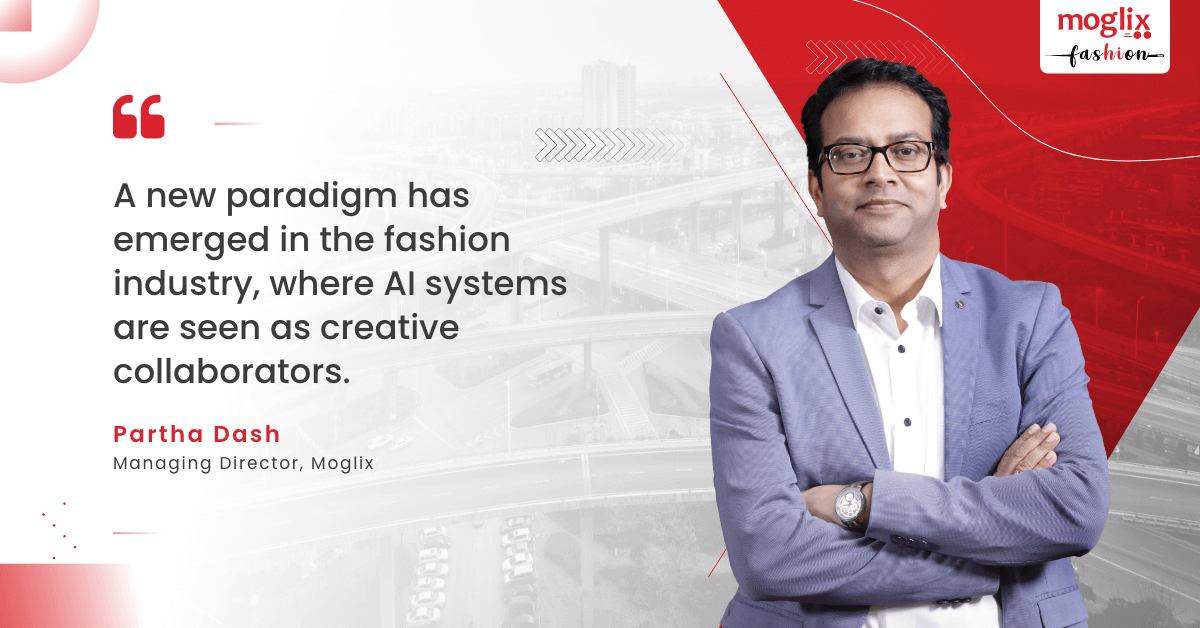
Big Data, AI, and Fashion: The New Frontiers of Creativity
According to a recent McKinsey Global Fashion Index (MGFI) report, a record 69% of companies in fashion world were value destroyers in 2020, up from 61% in 2019 and 28% in 2011. About 7% of businesses completely withdrew from the market because of financial difficulties or being acquired by peers. The global fashion industry is reclaiming its footing in the world and reinventing itself to meet the new demands of customers, whilst digitisation serves as a growth hub. Despite this, the industry still faces formidable obstacles, including fluctuating customer demands, supply chain interruption, and time-to-market pressure, among other things.
In 2021, technology accounted for about 1.6 to 1.8% of sales for the fashion industry and this percentage is expected to rise to 3.0 to 3.5% by 2030.
India`s Grey to Green Energy Transformation: The Key to a Low-Carbon Future
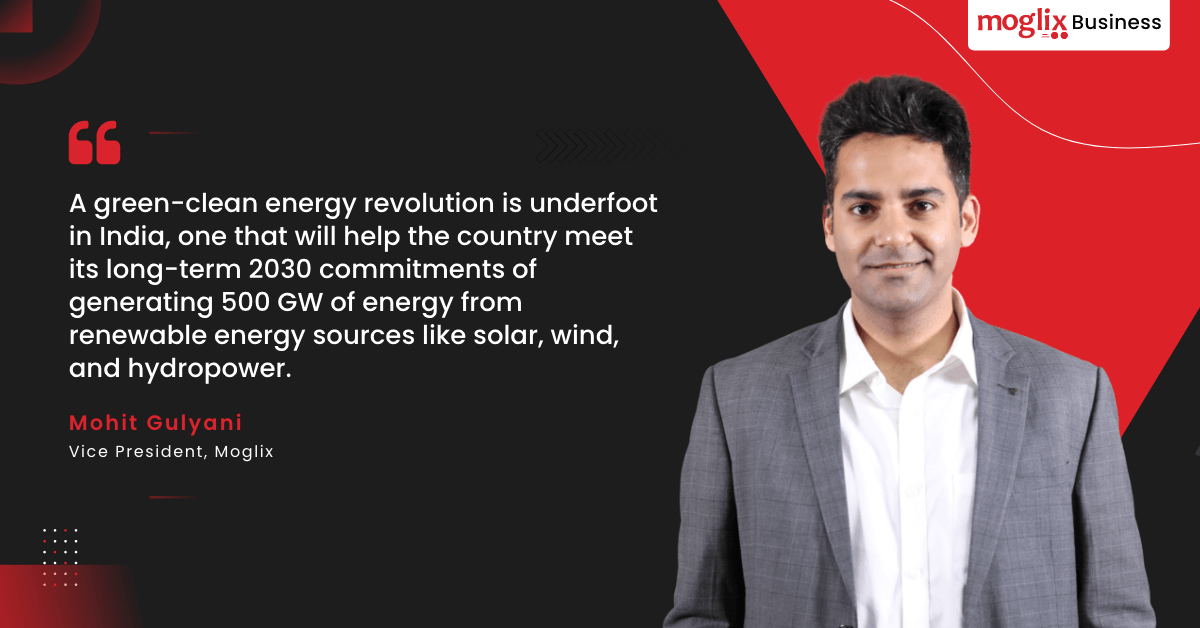
India`s Grey to Green Energy Transformation: The Key to a Low-Carbon Future
Geo-political turmoil and burgeoning concerns over rising crude oil prices mark today’s global macroeconomic scenario. In this context, Hardeep Singh Puri, Union Minister of Petroleum and Natural Gas, re-emphasized that in a strained economic matrix, where the world swings wildly across the recession and inflation spectrum, India will confidently push ahead with its switch towards green energy.
A green-clean energy revolution is underfoot in India, one that will help the country meet its long-term 2030 commitments of generating 500 GW of energy from renewable energy sources like solar, wind, and hydropower.
Unlocking Agility: A Guide for CPOs to Build a Resilient Procurement Strategy

Unlocking Agility: A Guide for CPOs to Build a Resilient Procurement Strategy
The last few years have been highly challenging for the CPOs (Chief Procurement Officers) across sectors and geographies. An erstwhile linear job has taken on newer dimensions, and CPOs have been called upon not only to brave financial and economic disruptions but also to steer their company safely through such tumultuous times.
At the very core, the procurement function in a manufacturing company is assessed on the basis of Annual Cost savings, Speed to market/Supplier delivery, Operational efficiency, Internal stakeholder management, Quality compliance and Risk Mitigation.
Here are a few key tenets that can help CPOs achieve these while balancing resources and cost constraints in 2023.
Company Poised for Major Revenue Growth in Upcoming Fiscal Year
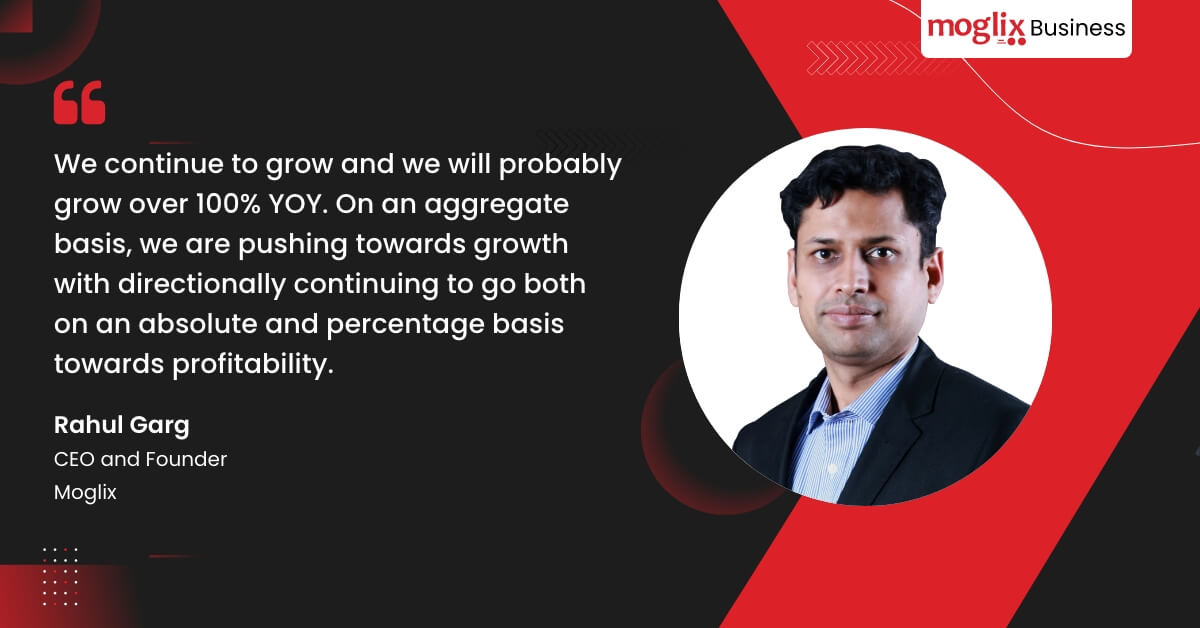
Company Poised for Major Revenue Growth in Upcoming Fiscal Year
In an exclusive interview with Mint, Rahul Garg, CEO and Founder said, the Tiger Global-backed firm may have the option to break even in the next 12 months or to continue investing in business growth. He said Moglix’s successful foray into the United Arab Emirates (UAE) will become a template for its entry into other foreign markets.
Moglix CEO speaks about revenue run rate, path to profitability and international ops. Find more on what the founder shared in the conversation:
What was the growth you saw last year considering the market environment? How do the next few quarters look?
(Last year), while the world was in chaos, I think India was a shining star. While there are all sorts of global issues with respect to the venture environment, (but) I think India is still the bright star. We primarily work with manufacturing and infrastructure customers. Today, about 85-90% of our business is in India.
Read MoreThe Evolution of Industrial Piping Systems: Advancements and Innovations

The Evolution of Industrial Piping Systems: Advancements and Innovations
From a limited choice of materials centuries ago to futuristic technology today, our piping systems have evolved tremendously. When the first known pipes were laid, metals were the most preferred industrial pipe materials for various applications. Let us take a trip down memory lane and discover how piping technology has evolved since then.
What the past tells us: A history of industrial piping solutions
A quick history review reveals interesting insights about different types of pipes. The ancient Egyptians had extensive copper piping in place as early as 3000 BCE, connecting and transporting water between their pyramids and temples. Historians and archeologists have discovered that despite the deteriorating conditions of the ancient structures, the copper piping remains nearly intact.
The Romans were another ancient civilization with impressive industrial piping solutions, like the use of aqueducts to source fresh water from mountain springs. However, with the collapse of the Roman civilization, the knowledge of industrial piping applications was lost briefly until modern piping solutions became necessary.
The rise of modern pipes as we know it
With the advent of The Industrial Revolution in the 18th century, the industrial piping sector witnessed various necessary advancements to keep pace with modern needs. Industrial piping solutions then evolved to transport gas and oil commercially.
Today, innovations in piping technology have given us various advantages over the vulnerabilities of ancient and mid-modern piping. Anti-corrosion technology and rustproofing techniques have extended the lives of industrial pipes tremendously. Sensors along industrial piping pathways make it easier to identify damages or leaks promptly.
And the use of different industrial pipe materials for specific applications has dramatically improved overall efficiency. For instance, copper remains in use to transport potable water, while steel may be a better fit for transporting natural gas and sewerage. On the other hand, high-density polyethylene (HDPE) is ideal for gas and oil undersea pipes.
What will the future of industrial piping be like?
The future of industrial pipes looks promising, with new technologies and materials being developed to improve the efficiency of industrial piping systems. Industries are also prioritizing more energy-efficient solutions with a smaller carbon footprint.
One area of focus is using advanced materials like composites to improve strength, durability, and corrosion resistance. 3D printing technology is also being explored to create custom pipes on demand and reduce lead times and costs.
Get a headstart on the journey to the future with innovative piping solutions.
Choosing the right industrial pipe materials is imperative to remain ahead of the curve and future-proof your business. Moglix can help you here with our comprehensive piping solutions that include various types of pipes and pipe fittings sourced from a plethora of top brands in the business. Get in touch with us to know more.
Common Errors in Industrial Pipe Handling and How to Avoid Them

Common Errors in Industrial Pipe Handling and How to Avoid Them
As we take giant leaps into the future today, industrial pipes remain the arteries fueling progress across different sectors of the global economy. They are crucial for transporting water, chemicals and gases over long distances, across borders and even undersea along the ocean floor. The rising importance of industrial piping solutions is reflected in the growth predicted for the global pipe market, which could increase at a CAGR of 4.6% by 2032 (according to Future Market Insights).
That said, it is also vital to pay close attention to the common mistakes when laying, surveying and maintaining industrial pipes for different applications. Data from the U.S. Department of Transportation (DOT) lists several potential causes for leaks and accidents, including corrosion, welding defects, operator error and pipe defects.
If you are working with industrial pipes, it pays to be aware of the common pitfalls to avoid.
3 errors to avoid in industrial pipe handling
Several common mistakes can occur during industrial piping system design, installation, and maintenance. Here is a preview of the top vulnerable areas and how to avoid them.
Mistake #1: Improper cleaning and fitting
Installation of industrial piping requires tremendous precision and adherence to safety practices. To optimize their usable lives, the pipes need to be cleaned and prepared correctly before they are installed in the infrastructural framework. Furthermore, it’s also imperative that the piping is fitted in the right manner, so it remains free from potential damages and vulnerabilities.
The silver lining is that such mistakes can be avoided simply through proper and thorough planning before laying the pipes. You can seek expert assistance in this regard to ensure the pipes are fitted faultlessly.
Mistake #2: Choosing the wrong kind of pipe fittings
There are different kinds of pipe fittings, such as elbows, reducers, unions, couplings, crosses, plugs, adapters and caps. Each type of fitting has its own unique function, and using the wrong type of fittings, such as a reducer unit in place of bushings, can lead to the failure of the piping system sooner or later.
The solution to avoid this error is to seek the relevant expertise and use the right fittings for the right purpose.
Mistake #3: Ignoring manufacturer recommendations
Manufacturer recommendations for industrial pipe fittings may include information on proper installation and maintenance, suggested operating conditions and pressure ratings, and compatibility with specific types of pipes and fluids.
Additionally, manufacturers may also provide guidelines for the handling and storage of the pipe fittings. It is important to follow these recommendations diligently to ensure the safe and efficient operation of the pipe fittings.
A reliable sourcing partner can make your industrial piping solutions fail-safe.
You can avoid the costly errors discussed above by choosing a comprehensive piping solutions partner like Moglix. We provide various types of industrial pipes and pipe fittings from a variety of brands. In addition to being a one-stop solution for all your piping requirements, we also offer safety audit solutions.
Innovative Solutions for Smart Cities: An Interview with Abheet Dwivedi
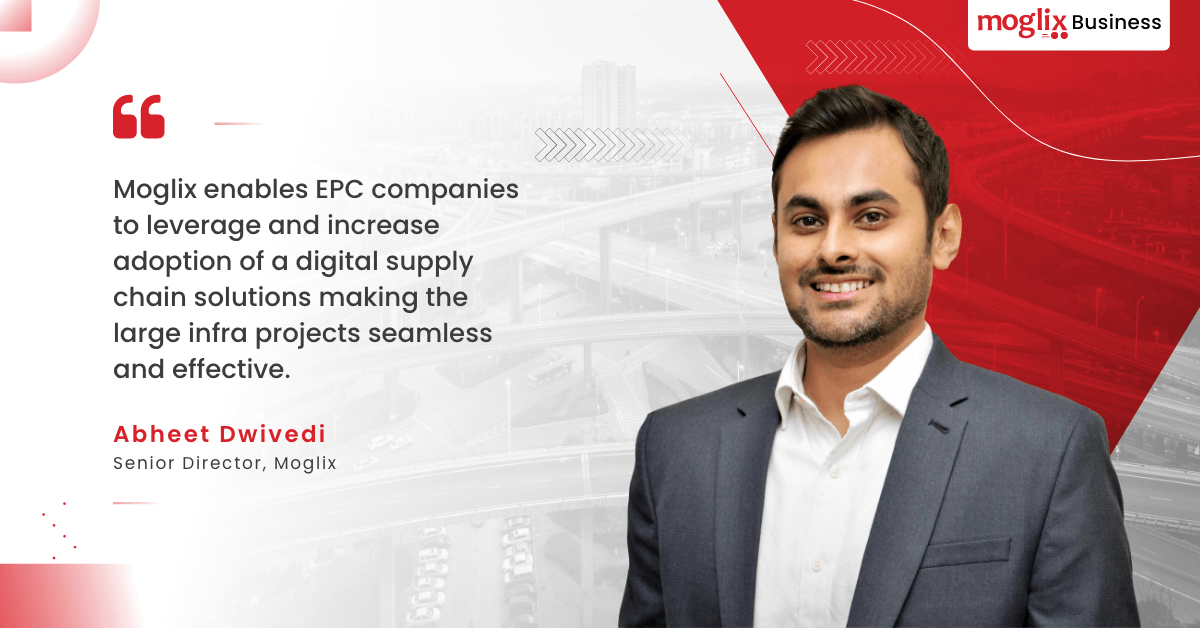
Innovative Solutions for Smart Cities: An Interview with Abheet Dwivedi
In an exclusive interview with Infrastructure Today, Abheet Dwivedi, Senior Director (Infra & PSU) at Moglix, shared his insights on shaping the future of cities with sustainable and innovative tech solutions. Abheet discusses the much-needed boost required to build sustainable infrastructure, as well as the challenges and opportunities in deploying tech solutions for urban development.
Pipe Dreams: How Industrial Piping can aid a circular economy
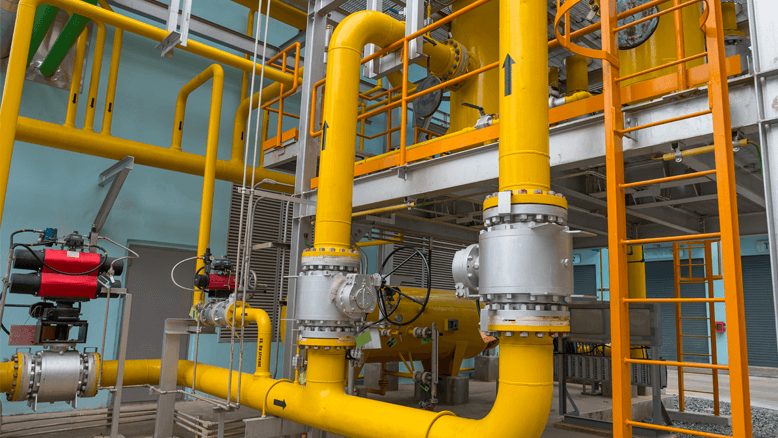
Pipe Dreams: How Industrial Piping can aid a circular economy
With sustainability and environmental awareness becoming hot topics in various industries today, the term ‘circular economy’ is becoming increasingly common. At its core, a circular economy is an economic system that aims to keep resources in use for as long as possible, extracting the maximum value from them while minimizing waste and pollution. Interestingly, there’s an unlikely but essential area to focus for commercial enterprises, while making the journey from a linear to a circular system — Industrial pipes.
Industrial pipes: A crucial piece of the puzzle in achieving circularity
Industrial piping is an indispensable part of modern infrastructure. Poor choice of industrial pipe materials could not only cost your business lakhs of rupees in extensive maintenance and repair but could also have severe and far-reaching environmental consequences.
Copper pipes, for instance, are particularly vulnerable to pinhole leaks arising from pitting corrosion. Debris can also be incredibly harmful in copper piping, resulting in uneven corrosion and causing some parts to decompose faster. Galvanized steel is a bit more rust-resistant, but piping in this category with threaded ends can be prone to leaks.
Water leakage from such industrial piping can cause the wastage of precious resources. And if the materials that leak into the surrounding environment are harmful industrial chemicals and gases, they could affect the immediate ecosystem severely.
Sustainability in different types of industrial pipes
Your business can avoid these grim prospects by choosing the right type of industrial pipes. Industrial pipes can also contribute to a circular economy in many ways. For example, pipes made from recycled plastic or metal can save on the use of virgin resources and reduce wastage.
Pipes made from durable and long-lasting materials can also be used longer, further extending the use of resources. They can also be efficiently processed at the end of their usable life, avoiding additional environmental harm. The bottom line is that the right kind of industrial pipes could pave the way for a circular economy by conserving resources, decreasing waste, and curbing pollution, all while efficiently facilitating the recycling and reuse of materials.
Choose sustainable industrial piping solutions today
Sustainability is the mantra driving the journey into the future, and industries today need to focus on choosing industrial pipe materials that check this box. Partnering with a comprehensive piping solutions partner like Moglix can make this much easier for your business. We help businesses in various industries find the right type of industrial pipes and pipe fittings for multiple applications from various brands without compromising the overall profitability of your venture. Know more
Capacity Building programme on Exports
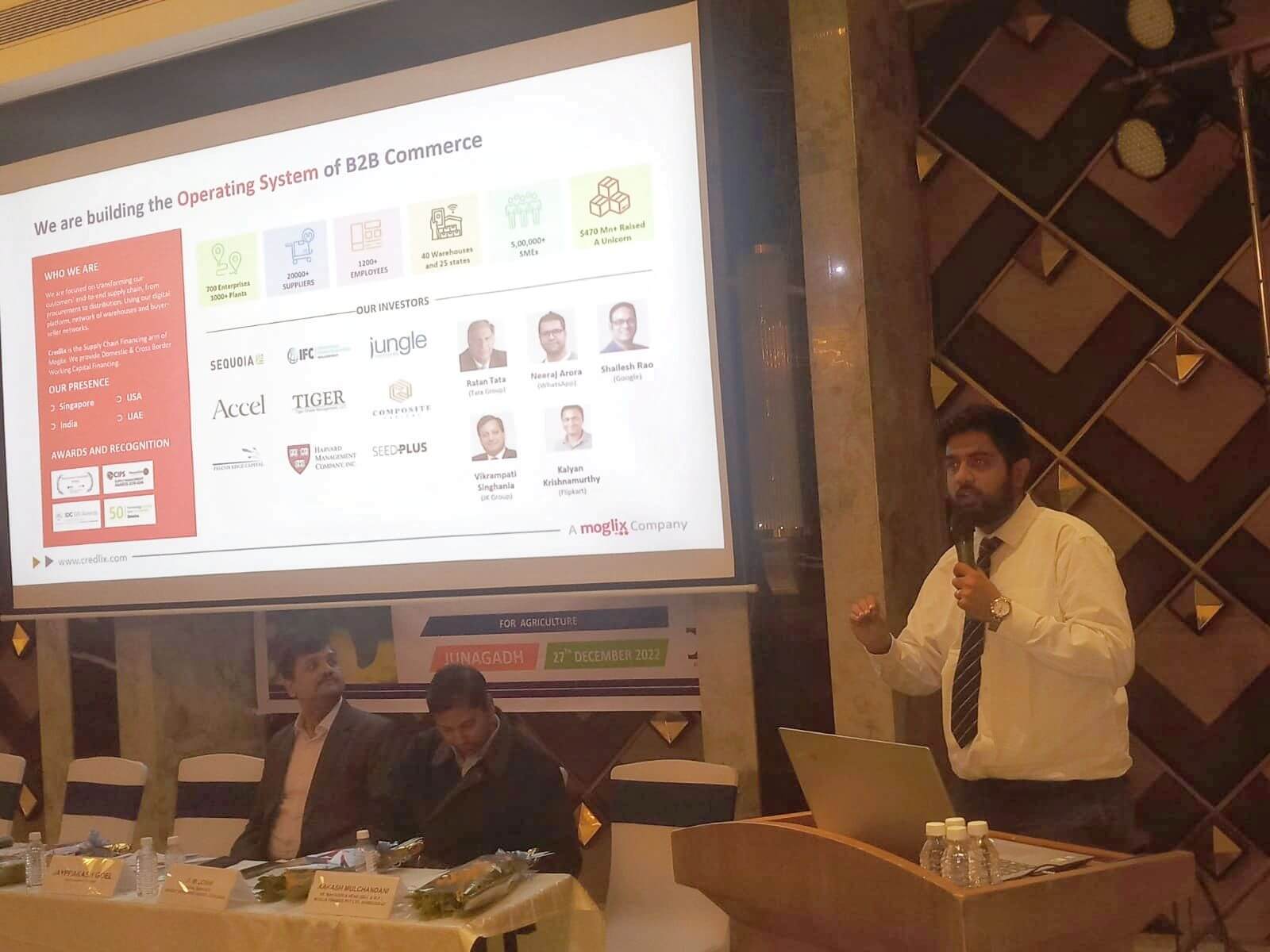
Capacity Building programme on Exports
Date : December 27 , 2022
Organizer: Federation Of Indian Export Organisations (FIEO)
About the Event: Mr. Aakash Mulchandani, Senior Manager (Gujarat & M.P), Credlix shared his perspective on “Capacity Building Programme: Awareness Programme on Exports India@75” jointly organized by FEDERATION OF INDIAN EXPORT ORGANISATIONS Ahmedabad Chapter (WR) with District Industries Center (Junagadh), Government of Gujarat, Chamber Of Commerce & Industries, Junagadh and Credlix today at Junagadh, Gujarat.
Valve Technology Conclave
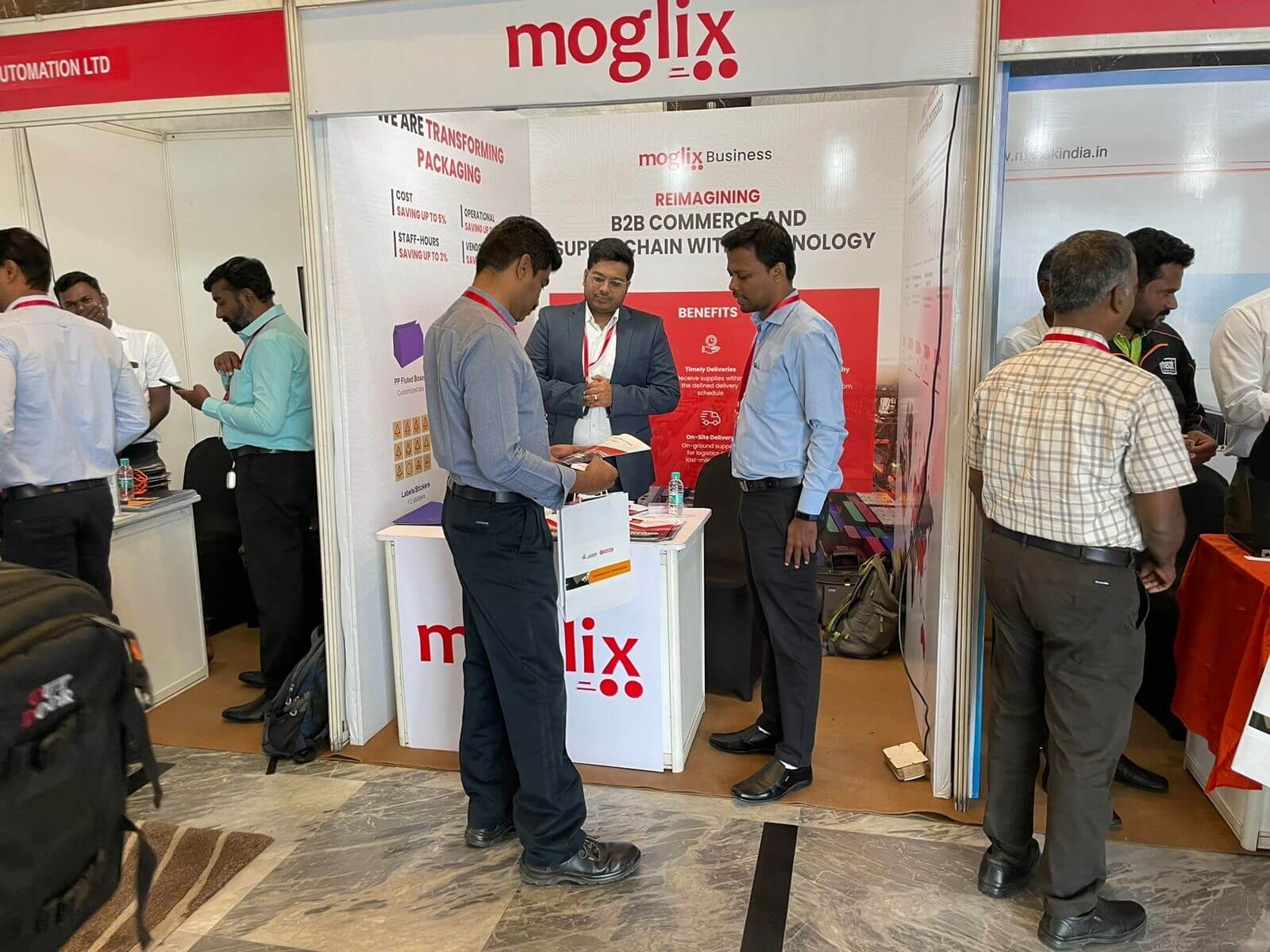
Valve Technology Conclave
Date : December 20, 2022
Organizer: Confederation of Indian Industry and IVAMA association
About the Event: Moglix participated in the 6th edition of ‘Valve Technology Conclave 2022’ which was jointly organized by Confederation of Indian Industry and IVAMA Association at Coimbatore.
